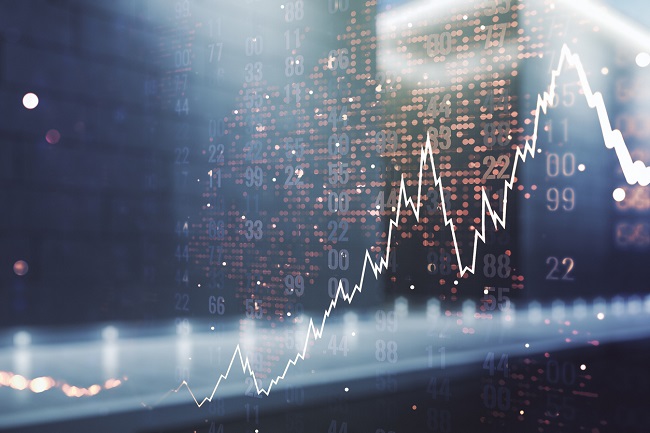
This article was first published in the Globe and Mail on April 20, 2024. It is being republished with permission.
by Tom Bradley
This column often focuses on valuation because the price you pay for an investment is the single most important factor in determining your return. It’s not the only factor, but the most dependable one.
To quote Howard Marks of Oaktree Capital Management, "No asset can be considered a good idea (or a bad idea) without reference to its price."
My purpose here is to drill into how valuation works and why it’s important.
The first thing to understand is that valuing fixed income is different than valuing equities.
It is all about yield
The price tag on a bond, or other fixed-income vehicle, is its yield, which to be useful, must be compared with something. I’ll focus on two key relationships.
The first assesses how appropriate the current level of interest rates is. Is the yield on a bond or GIC attractive? For this, we look to the real yield, which is the nominal yield minus the expected rate of inflation.
High-quality bonds are expected to provide an income and return the capital at maturity.
When they have a positive real yield, which is the case today, investors are rewarded for tying up their capital for a period. Currently, government bond yields are above expected inflation, which suggests interest rates are in a normal range.
This is in contrast with the three years prior to interest rates normalizing in 2022. During that period, real rates were negative, and investors were losing ground to inflation. They were destined to have less purchasing power at maturity than at time of acquisition.
The other comparison relates to corporate bonds, including high-yield bonds and private debt. Corporates have a higher risk of default and therefore must offer extra yield over and above government bonds. This premium is referred to as the spread. The riskier the bond, the wider the spread.
Spreads expand and shrink depending on how confident investors are about the future. Today, they’re skimpy relative to history, as corporations are doing well, and investors seem less worried about the potential for rising default rates. The news is good, but narrow spreads tell me that corporate bonds are fully priced relative to more secure government bonds.
In summary, yields on fixed-income products are attractive again (positive real yields) but the reward for taking additional risk is more modest than usual (narrow spreads).
Profits tell the story
When valuing stocks, the yield is of little use, although many investors mistakenly base investment decisions on the dividend. Rather, the stock market is driven by corporate profits, specifically the expectation of future profits. The link between a company’s profit outlook and its stock price is the price-to-earnings ratio (PE). A company that trades at $20 and is expected to earn $1 per share next year has a PE of 20.
There are different PE’s based on different market indices and earnings calculations. For instance, many investors look at the Shiller Cyclically Adjusted PE Ratio, or CAPE, to lessen the influence of short-term results. It’s based on average, inflation-adjusted earnings from the previous 10 years.
My favourite PE is calculated by the Value Line Investment Survey, a U.S. research firm, which is the median PE for 1,700 companies. By using the median, every company in the sample has an equal impact, whether it’s Microsoft or Auto Trader Group. The PE is less influenced by a few large corporations and provides a better overall view of the market.
Why does valuation matter?
The past year demonstrates why valuation is important. Stock markets have been strong, driven partly by solid earnings results but mostly by an increase in valuations. Simply put, investors are willing to pay more for a dollar of earnings today than they were a year ago. The Value Line PE increased to 18.3 times from 16.5 (its long-term average).
Contrast this with 2022, a tough year in the market, when valuations plummeted from unrealistically high levels and brought stock prices down with them. The tech wreck in 2000-2003 was also a valuation meltdown.
Current PEs are nowhere near 1999 or 2021 levels, although they’re starting to test the upper end of their historical range.
It’s important that investors correctly assess a corporation’s ability to make interest payments and grow their earnings, but it also matters what they pay for that outlook. As Mr. Marks alludes to, overpaying for an asset will portend poor returns. Paying a reasonable price, or even a historically cheap price, is much preferred.
We're not a bank.
Which means we don't have to communicate like one (phew!). Sign up for our Newsletter and Blog and join the thousands of other Canadians who appreciate the straight goods on investing.

